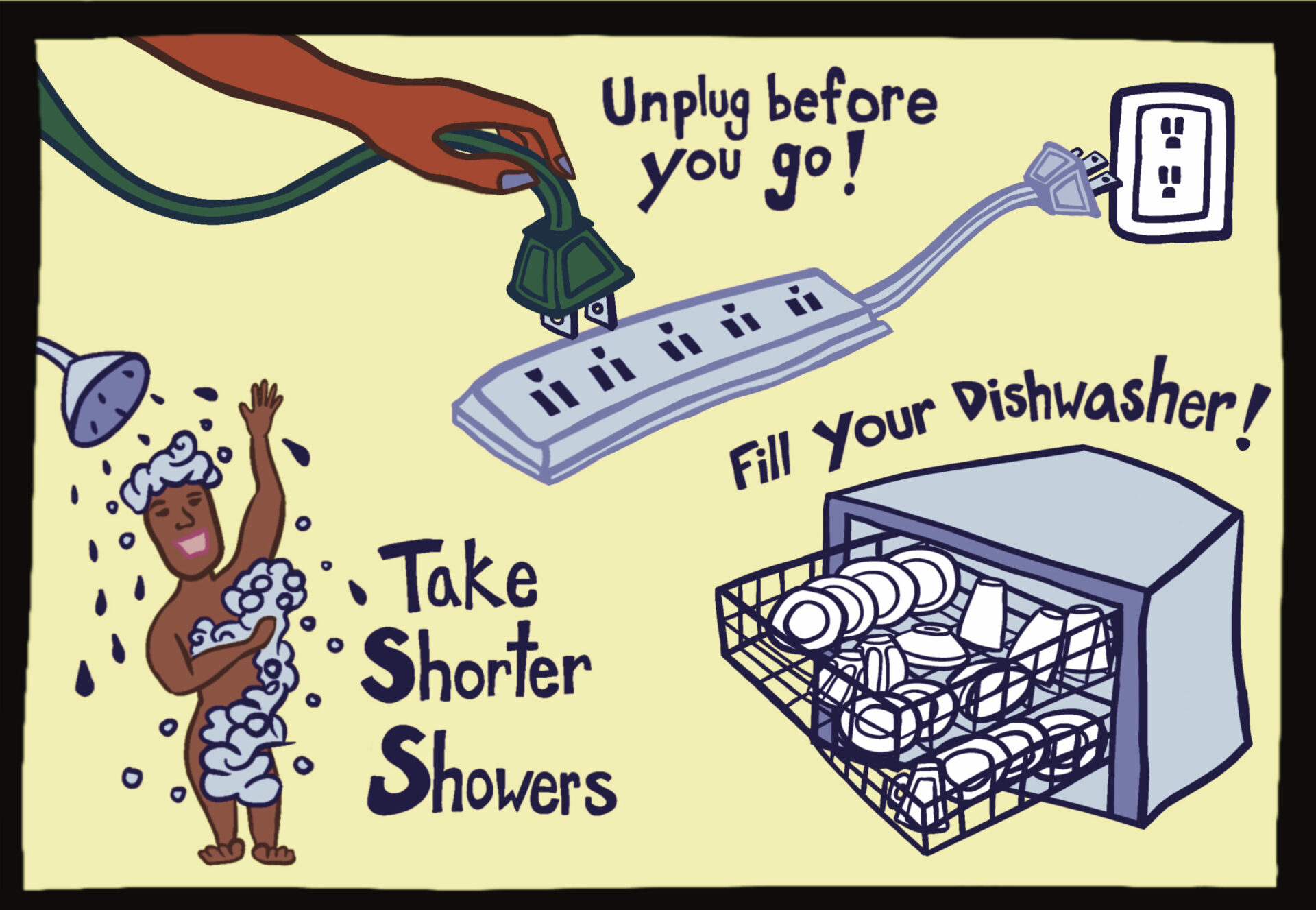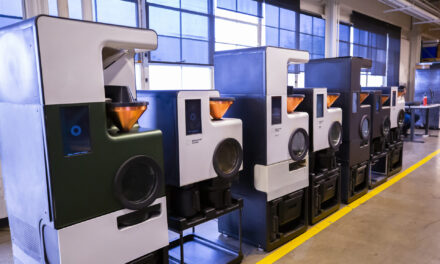Fitbit for Sustainability
A Contra Costa County program that uses technology to inspire residents to take energy-and-water-conserving actions has helped save roughly 32,000 gallons of gas and 1.5 million gallons of water, and averted 830 tons of CO2 emissions, since its 2019 launch.
The program has its origins in a 2012 community resilience challenge led by local nonprofit Sustainable Contra Costa. “We would ask people to make pledges about the projects or behavior changes they would make, but could only track commitments, not actions,” says Tina Neuhausel, president and co-founder of the 15-year-old organization.
In 2019, with a grant from the Bay Area Air Quality Management District, Sustainable Contra Costa launched the Cleaner Contra Costa Challenge in partnership with the Contra Costa Water District and six cities, including Walnut Creek, Pleasant Hill, Moraga, Antioch, Pittsburg, and Martinez. The new and improved challenge uses a web-based platform that allows users to commit to actions — ranging from “easy,” like taking shorter showers, to “challenging,” such as buying an electric vehicle — and track their progress. The platform also provides resources, such as information on rebates, to make following through on commitments easier.
“We can see our household progress, and that makes us feel good, but also we can see our collective progress as a community,” says Neuhausel. “Saving over a million gallons of water is very motivating.”
“People are worried about climate change and really want to help, but often don’t know where to start,” says Lisa Altieri, founder and president of Community Climate Solutions, which provides the platform. “Having a framework and easy steps for choosing and completing actions makes it simpler.”
Altieri’s company is now working with 40 cities and counties across the US on similar platforms. She says she has found that community is key to creating behavior change. “When people start talking together about the actions they are planning to take, they start sharing and encouraging each other,” Altieri says. “They are far more likely to complete actions when working together with others.”
The pandemic created obstacles for the community element of the challenge: early plans for outreach efforts were centered around schools, clubs, and churches, all of which shut down in March 2020. Nevertheless, by the end of 2021, the Challenge had achieved more than 80% of its goals. This year, Sustainable Contra Costa aims to add two more partner cities to the challenge and reach a cumulative CO2 savings of 1,200 tons by July.
Other Recent Posts
Who Will Inherit the Estuary? Training for a Rough Future
The six-month program teaches students aged 17 -24 about the challenges facing communities around the SF Estuary, from Stockton to East Palo Alto.
Split Verdict Over State of the Estuary
Habitat restoration and pollution regulations are holding the Bay steady, but the Delta is losing some of its ecological diversity, says SF Estuary Partnership scorecard.
Volunteers Catch and Release Tiny Owls For Science
In Santa Rosa, citizen scientists capture northern saw-whet owls to help further research on climate impacts to the bird.
Antioch Desalination Plant Could Boost Local Water Supply
The $120 million plant opened this fall and treats 8 million gallons of brackish water a day, 75% of which is drinkable.
How Cities Can Make AI Infrastructure Green
Data centers fueling AI can suck up massive amounts of energy, water and land, but local policies can mitigate the impact.
What to Know about PFAS in Tri-Valley Water
In this nonfiction comic, explore how the city of Pleasanton is dealing with PFAS- contaminated groundwater.
ReaderBoard
Once a month we share reader announcements: jobs, events, reports, and more.
Artist Repurposes Shoreline Detritus
Courtney Griffith scours beaches and parks for everything from plastic to charcoal, mangled ropes and burnt wood to use in her work.
After The Fire: Scenes from Chinese Camp
One of California’s oldest Gold Rush settlements takes stock after a devastating fire — a photo essay.
Youth Group Tackles Heat Islands in Santa Rosa
A new youth advisory team convened by the Greenbelt Alliance and Latino Service Providers is exploring heat disparities in southwest Santa Rosa.










